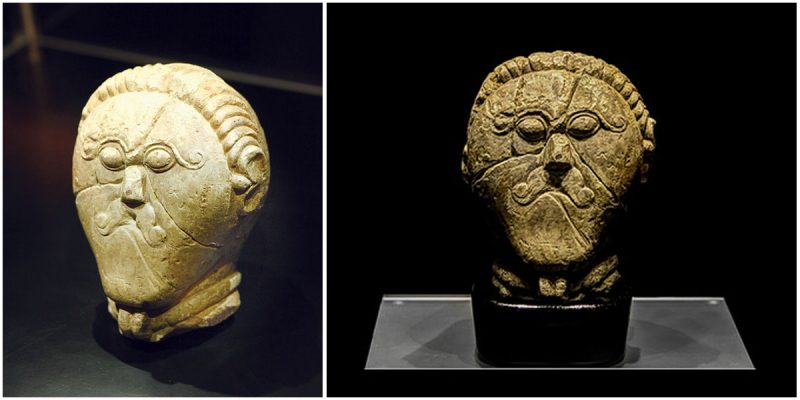The Mšecké Žehrovice Head, also know as The Celtic Hero from Bohemia, is a male sculpted head found at the double Viereckschanze site in Mšecké Žehrovice, about 65 km northwest of Prague, Czech Republic.
It was probably created at the end of the third or at beginning of the second century BC. Ever since its discovery in 1943, the head has become one of the icons of Celtic art and is one of the most photographed Celtic monuments in the world.
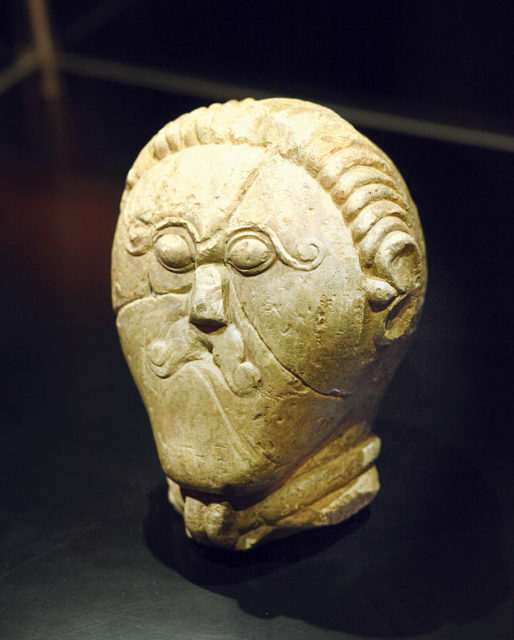
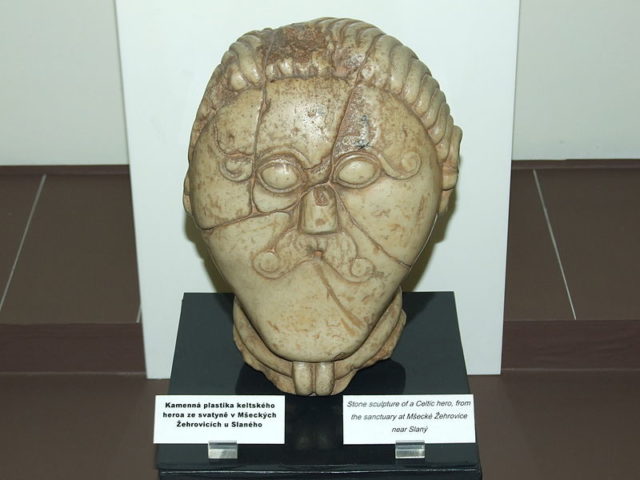
The sculpture was buried in a pit on a southwest corner of a square enclosure located within the oppidum. It was broken into at least five pieces sometime in antiquity. Four pieces have been found in fairly good condition.
Unfortunately, some parts of this precious sculpture were never recovered, including the right-hand side of the head and the upper part of the ear. These missing and damaged parts can be reconstructed using prediction-based image processing methods.
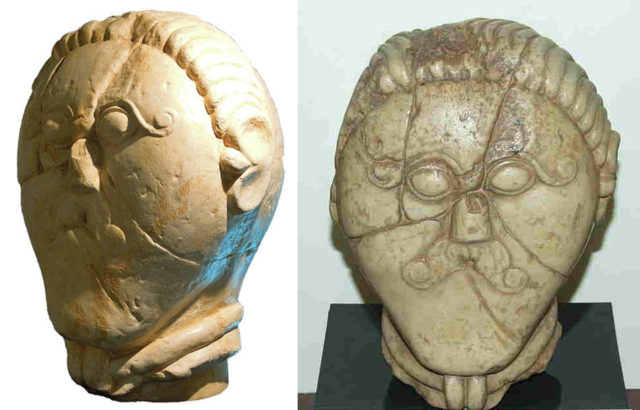
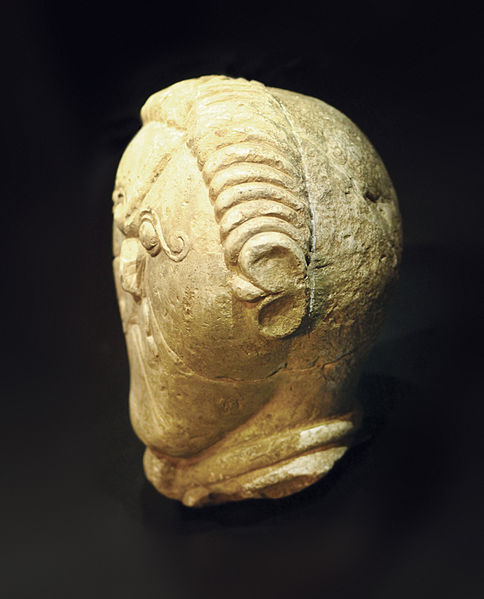
The most prominent part of the heavily stylized facial features are the bulging oval eyes, contoured by a curvilinear eyebrow matching a similarly imposing curvilinear mustache.
The neck is formed in a shape of a torc, a traditional Celtic necklace, and the mouth is suggested by a mere downward bending line.
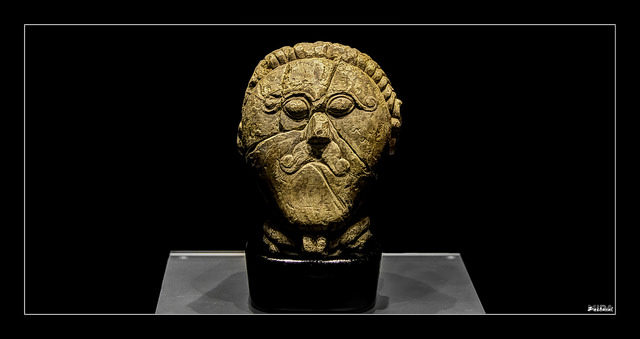
It is one of the best-known works of Celtic art from Iron Age Europe and one of the few large representations of the human figure, along with the Glauberg “Prince” and the Warrior of Hirschlanden.
Here is another read from us: Celtic find in France leaves archaeologists baffled
The marlstone head became an international mascot of ‘barbarian’ Europe, embellishing covers of many scientific publications concentrating on Iron Age Europe related issues. It is now in the Prague National Museum as one of the most important objects in the archaeological collection.
